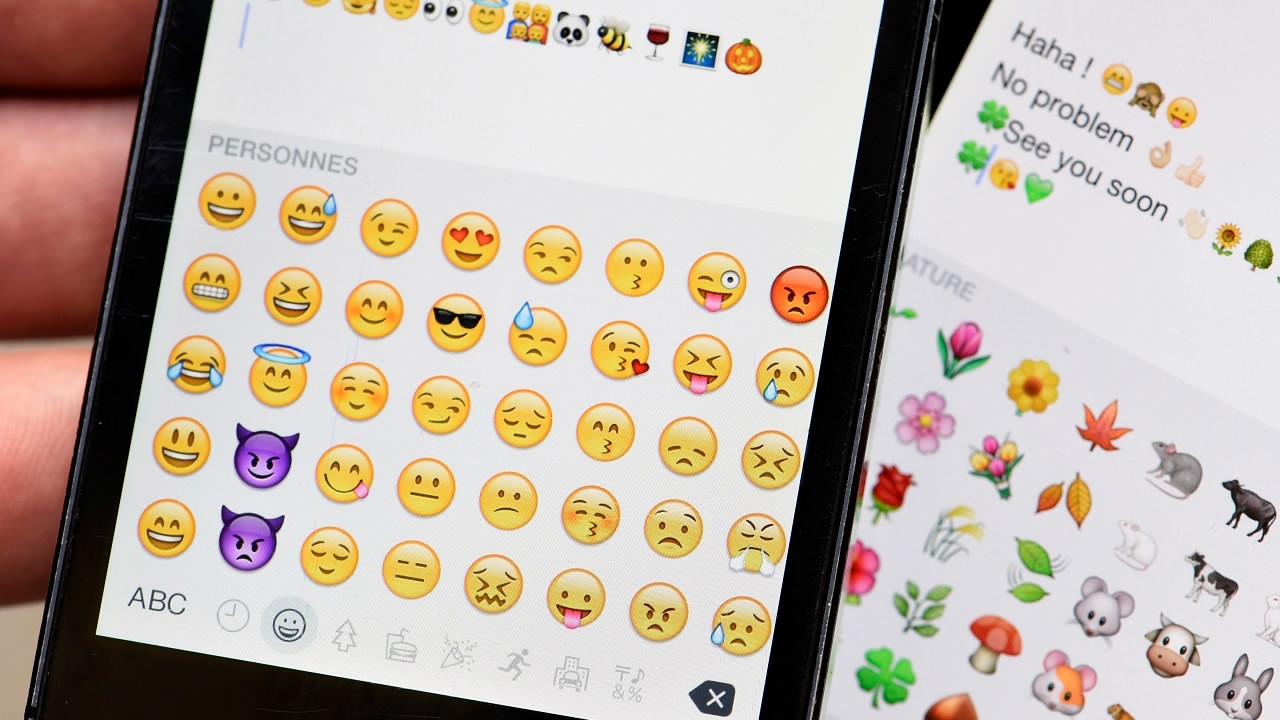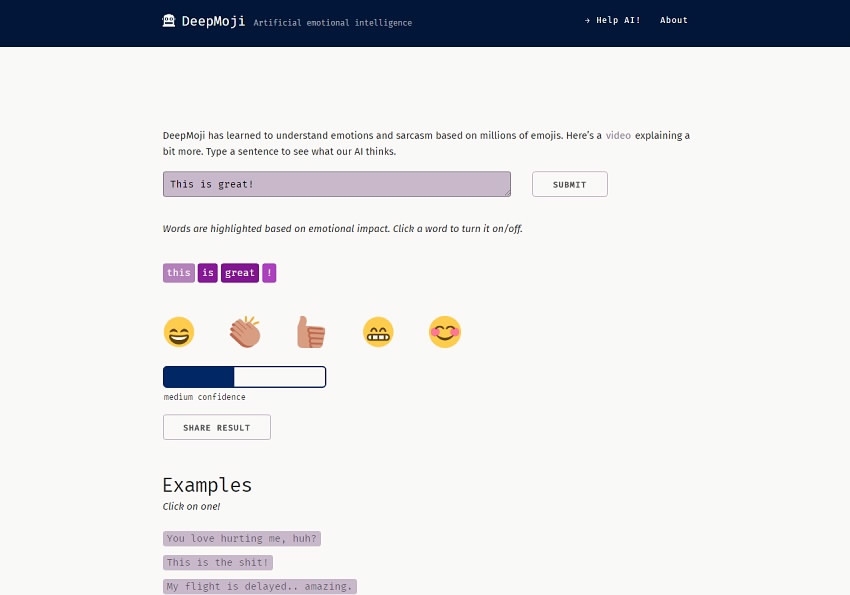
Tech & Sci
21:32, 08-Aug-2017
Emojis help train AI to understand sarcasm

What does it mean when someone puts a smiley face emoji at the end of their text? Are they genuinely happy or are they being sarcastic?
Such a mystery that has troubled many down the years may soon be a thing of the past. Researchers from Massachusetts Institute of Technology (MIT) claim they have come up with an algorithm that can detect sarcasm and emotion by analyzing numerous tweets, with emoji playing an important part in the process.

Understanding sarcasm and emotion could help the system to fight racism, abuse, and harassment. /CGTN Photo
Understanding sarcasm and emotion could help the system to fight racism, abuse, and harassment. /CGTN Photo
Named "DeepMoji", the algorithm uses deep learning, a popular machine-learning technique that depends on training a very large simulated neural network, to recognize subtle patterns using a large amount of data, said MIT Technology Review.
In order to train the system, researchers gathered 55 billion tweets and then chose 1.2 billion that contained some combination of 64 popular emoji.
According to MIT Technology Review, the first step for the algorithm is learning to predict which emoji would be used for a specific tweet, such as a happy or sad tweet. After that, the DeepMoji was taught to identify sarcasm using an existing data set of labeled examples.
As a result, the algorithm that had been pre-trained using emoji performed far better at detecting sarcasm than one that hadn’t, said MIT Technology Review.

MIT researchers have created a website inviting people to refine DeepMoji's education by submitting and annotating their own messages. /Screenshot via DeepMoji Website
MIT researchers have created a website inviting people to refine DeepMoji's education by submitting and annotating their own messages. /Screenshot via DeepMoji Website
“Because we can’t use intonation in our voice or body language to contextualize what we are saying, emoji are the way we do it online,” said Iyad Rahwan, an associate professor from the MIT Media lab who developed the algorithm along with student Bjarke Felbo.
“The neural network learned the connection between a certain kind of language and an emoji.” Rahwan add.
“It might be that it’s learning all the different slang,” Felbo said. “People have very interesting uses of language (on Twitter), let’s put it that way.”
Understanding sarcasm and emotion could assist the system to fight racism, abuse, and harassment, allowing it to recognize hate speech faster than humans.
Rahwan and Felbo will release the algorithm for others to use.
Emoji could be defined differently in Chinese culture
As a country that is known for producing creative Internet memes, explanations for some emoji in China can be very different from western countries.

The "smiley face" emoji is widely used in China to express contempt or mockery. /CGTN Photo
The "smiley face" emoji is widely used in China to express contempt or mockery. /CGTN Photo
Originally meaning "happiness", the "smiley face" emoji, which is one of the most misunderstood emoji by foreigners, is actually widely used for expressing contempt or mockery among young Chinese netizens.
“If you take a closer look at the eyes, the orbicularis oculi (the muscle near that upper eye corner) does not move, and the orbicularis oris (the one near the mouth) tightens, which is a sign of suppressing a smile,” notes An Yong, a user on Zhihu, a Chinese Q&A platform.

The “smiley face with waving hands” emoji is used to express the feeling of "I don’t want to talk to you anymore" by Chinese netizens. /CGTN Photo
The “smiley face with waving hands” emoji is used to express the feeling of "I don’t want to talk to you anymore" by Chinese netizens. /CGTN Photo
Another example is the “smiley face with waving hands”, which means "a happy goodbye" on the surface, but is used by Chinese netizens to imply that they are not keen on talking anymore.
Related Articles:
10849km

SITEMAP
Copyright © 2018 CGTN. Beijing ICP prepared NO.16065310-3
Copyright © 2018 CGTN. Beijing ICP prepared NO.16065310-3